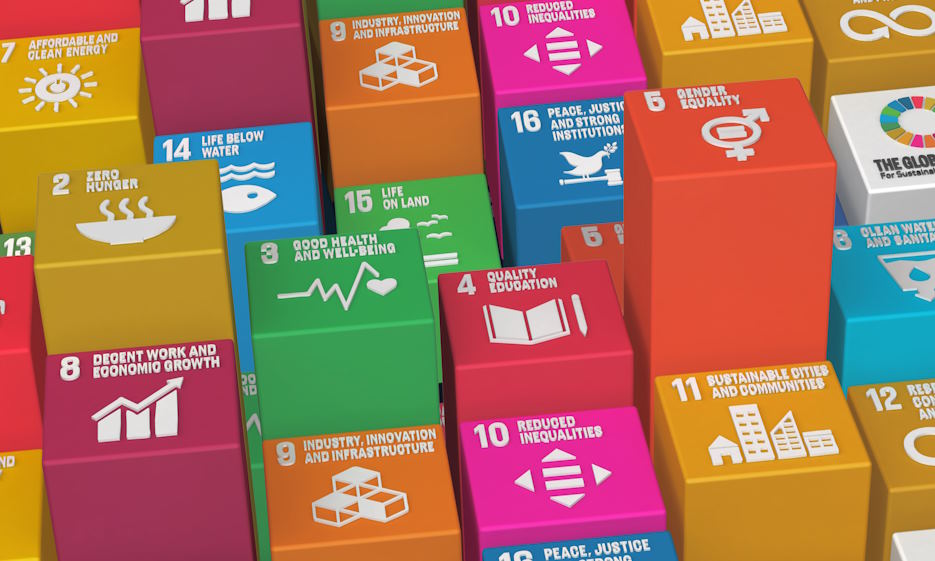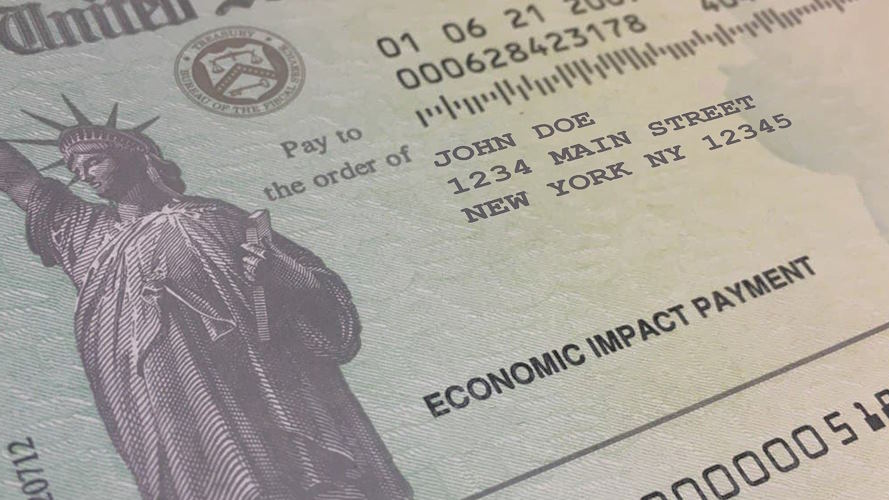
The COVID-19 pandemic unleashed an unprecedented global crisis, not only in terms of public health but also economically. As countries grappled with the devastating impact of widespread lockdowns, business closures, and job losses, governments around the world swiftly implemented stimulus packages and economic relief measures to stave off an even deeper recession. These measures aimed to inject much-needed financial support into struggling economies, protect vulnerable populations, and revitalize industries crucial for recovery. However, the approaches varied significantly from one nation to another, reflecting the unique challenges each country faced and its specific economic priorities.
Different Types of Stimulus Packages
During the COVID-19 pandemic, governments worldwide introduced a range of stimulus packages to bolster their economies and provide relief to those hit hardest by the crisis. These packages encompassed a variety of strategies, each tailored to address specific economic challenges. Let’s explore five main types of stimulus packages that countries implemented in response to the pandemic.
Direct financial aid to individuals and households:
One of the most common approaches was direct financial assistance to individuals and households. These payments were aimed at helping people cope with the sudden loss of income, job insecurity, and increased living expenses. Countries distributed one-time payments or periodic stipends to eligible citizens, providing a lifeline to those struggling to make ends meet during the lockdowns.
Support for businesses and industries:
To prevent widespread business closures and ensure economic continuity, governments offered support packages to businesses and industries. This support often came in the form of grants, loans, or tax breaks, enabling companies to retain employees, maintain operations, and adapt to changing market conditions.
Healthcare and medical sector investments:
Recognizing the importance of a robust healthcare system during a health crisis, many countries allocated significant funds to strengthen their medical infrastructure. This involved investments in medical equipment, research and development, and increased healthcare staffing to combat the virus effectively.
Infrastructure development and public works projects:
To stimulate economic growth and create job opportunities, several nations chose to invest in infrastructure development and public works projects. These initiatives not only provided immediate employment but also laid the foundation for long-term economic growth and improved public services.
Tax cuts and financial incentives:
Governments implemented tax cuts and financial incentives to encourage consumer spending and business investments. By reducing tax burdens on individuals and corporations, authorities aimed to boost economic activity and facilitate a quicker recovery.

Country Case Studies: How Stimulus Packages Shaped Economic Recovery during COVID-19
United States:
The United States responded to the COVID-19 pandemic with a series of comprehensive stimulus packages, aiming to mitigate the economic fallout. These packages included direct payments to individuals, enhanced unemployment benefits, support for small businesses, and funding for healthcare and vaccine distribution. The measures were designed to boost consumer spending, protect jobs, and maintain essential services. As a result, the U.S. witnessed a gradual decline in unemployment rates, a rebound in GDP growth, and an increase in consumer spending, albeit with some fluctuations due to the evolving nature of the pandemic.
European Union:
In the face of the pandemic’s widespread impact across its member states, the European Union took a collective approach to combat the economic crisis. In addition to individual countries’ initiatives, the EU launched a massive recovery fund, known as the Next Generation EU, to provide financial assistance to the hardest-hit regions and industries. This unprecedented move aimed to foster economic convergence among member states and ensure a more uniform recovery throughout the bloc.
China:
As the first epicenter of the pandemic, China responded swiftly with a robust economic relief plan. The country prioritized infrastructure spending and investment incentives to drive economic growth and boost employment. By focusing on large-scale infrastructure projects, China aimed to create jobs, stimulate domestic demand, and reinforce its position as a global economic powerhouse.
India:
India faced unique challenges in managing a vast and diverse economy amid the pandemic. The country implemented relief measures to provide support to vulnerable populations, including direct cash transfers and free food distribution. Moreover, special attention was given to MSMEs, a significant driver of employment, through credit guarantees and interest subsidies, enabling them to survive the economic downturn.

Lessons Learned and Future Preparedness: Strengthening Global Resilience for Uncertain Times
The COVID-19 pandemic has been a wake-up call for governments and economies worldwide. As we assess the impact of the crisis and reflect on the efficacy of stimulus packages and relief measures, valuable lessons emerge that can guide us in preparing for future challenges.
Identifying successful strategies and best practices from different countries:
One of the key takeaways from the pandemic is the importance of sharing knowledge and learning from successful strategies implemented by different countries. Countries that managed to control the spread of the virus and navigate the economic fallout effectively offer valuable insights into effective crisis management. From targeted stimulus packages to agile policymaking, collaboration in analyzing and adopting best practices can enhance preparedness and response for future emergencies.
Building resilient economies to handle future crises:
Building economic resilience should be at the forefront of future preparedness efforts. Governments must invest in diversifying their economies, reducing reliance on specific sectors, and nurturing industries that have proven to be more adaptable during crises. Additionally, fostering a strong social safety net and promoting financial literacy among citizens can help cushion the impact on vulnerable populations during times of economic uncertainty.

